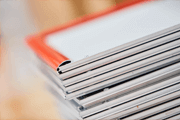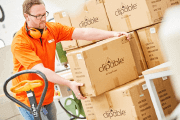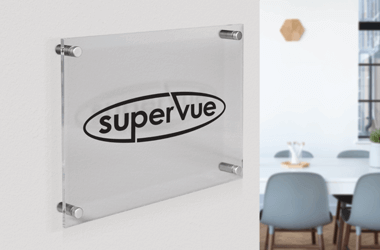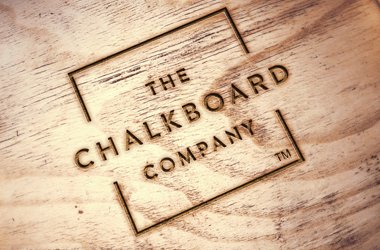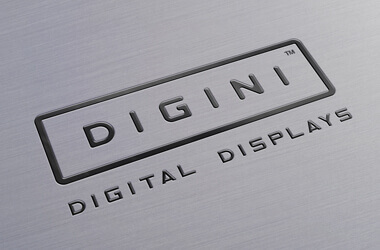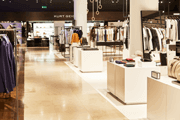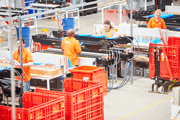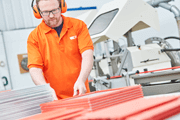PVC vs MDF Slatwall - Which Should You Choose?

When you’re starting to fit out a shop, work space or display area, slatwall is always a really popular choice due to its versatility.
Slatted wall panels attach directly to your walls in order to hang products and supplies from. It’s a space-saving option which is compatible with a range of accessories such as hooks, shelves and even rails for clothing.
When buying slat wall panels, you’re faced with a choice between MDF and PVC. But what are the differences between the two, and which should you choose? Our guide outlines the key information that you need to know, to help you make an informed decision!
MDF Slatwall
Material and Composition: MDF slatwall is crafted from engineered wood fibres bonded together under high pressure (medium-density fibreboard). This gives it a solid, dense structure, making it ideal for supporting heavy items.
Key Benefits:
- Strength and Durability
MDF panels are robust and can bear significant weight, perfect for retail settings where you need to display heavy merchandise.
- Smooth Surface
The smooth finish of MDF allows for easy painting or laminating, giving you the flexibility to match any decor seamlessly.
- Customisation
MDF is easy to cut and shape, enabling you to customise your display configurations to suit your specific needs.
- Cost-Effective
Offering excellent value for money, MDF slatwall provides a durable solution without breaking the bank.
Check out our MDF slatwall panels, which are available in a range of colours and sizes.
PVC Slatwall
Material and Composition: PVC slatwall is made from durable plastic (polyvinyl chloride), renowned for its water and moisture resistance, making it suitable for various environments.
Key Benefits:
- Water Resistance
Unlike MDF, PVC slatwall is highly resistant to moisture and humidity. This makes it an excellent choice for garages, basements, humid environments, and even outdoor areas.
- Lightweight
PVC panels are lighter than their MDF counterparts, which simplifies the installation process and reduces handling effort.
- Durability and Maintenance
PVC is tough, resistant to cracking and warping, and requires minimal maintenance. A simple wipe with household cleaners keeps it looking pristine.
- Seamless Finish
Our PVC slatted panels are interlocking, which results in a seamless finish when installed.
- Chemical Resistance
PVC's resistance to many chemicals makes it suitable for industrial settings where exposure to various substances is common.
Another benefit of our PVC panels is that they don't require the use of insert strips, which are typically used with the MDF panels to add strength and provide a more polished finish.
Making Your Decision
When choosing between MDF and PVC slatwall, consider the specific needs of your space:
- For heavy-duty use: If you need a strong, customisable panel for heavy items, MDF slatwall may be your best bet. It has a classic look that will suit most environments.
- For moisture-prone areas: If your installation environment is susceptible to moisture or requires minimal maintenance, PVC slatwall is the way to go. It has a sleek finish that adds a modern look.
Both MDF and PVC slatwall offer unique advantages. By understanding the key differences, you can select the slatwall that best meets your requirements, ensuring an organised and attractive display space.
Discover our range of MDF and PVC slatwall panels today and transform your space with confidence.
-


PVC Slatwall Panels
PSW In stockFrom: £10.90 ex. VATView -
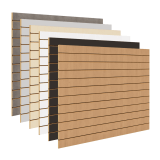
MDF Slatwall Panels
WSP In stockFrom: £10.83 ex. VATView -

Slatwall Shelving with Brackets
RSS In stockFrom: £21.31 ex. VATView -

Single Prong Slatwall Hook White
SP2 In stockFrom: £0.18 ex. VATView -
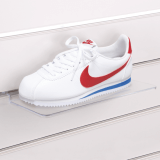
Slatwall Shoe Shelf
SWS1 In stockFrom: £1.68 ex. VATView -

Slatwall Waterfall Arm Rail With 7 Notches
7POW In stockFrom: £2.20 ex. VATView -

D Rail for Slatwall with Notched Corners
DRLS In stockFrom: £11.83 ex. VATView -

Acrylic Slatwall Ticket Holder
SPHA In stockFrom: £1.19 ex. VATView



